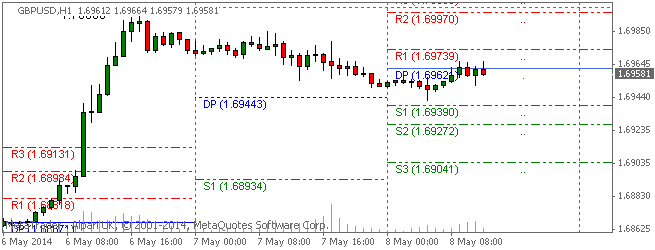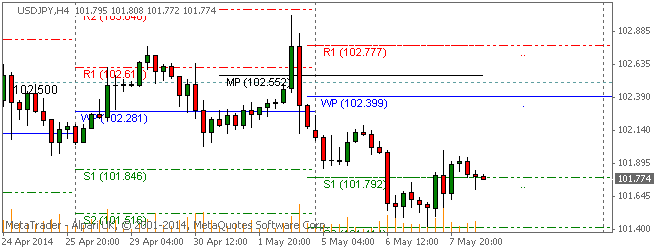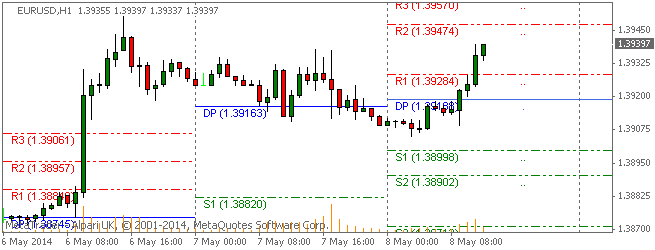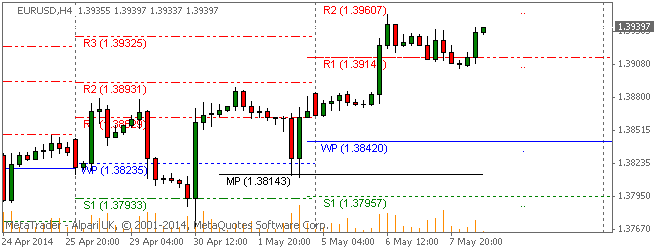Stocks – Asia
Stocks in the Asian region were lifted on Thursday, bouncing back from yesterday’s losses after the Federal Reserve’s (Fed) Chair Janet Yellen delivered her speech.
The Japanese benchmark Nikkei 225 index edged 0.82% higher to 14,148.53 points at the time of writing, while Tokyo’s Topix index climbed 0.59% to 1,158.79 points at the same time. Mitsubishi Corp gained 6.5% to 1.938 yen, after the company’s earnings came in higher than forecasted. Japanese real-estate company, Heiwa Real Estate traded 2% higher.
In China, Hong Kong’s benchmark Hang Seng gauge rose 0.46% higher to 21,847.20 points at the time of writing, while the Chinese benchmark Shanghai Composite climbed 0.14% higher to 2,012.94 points. A monthly trade report for April is due to be released later in the day and expected to show a drop in exports by 6.6% year-on-year, according to analysts.
South Korea’s Kospi index slid 0.20% lower to 1,936.02 points at the time of writing.
Yellen Speech
On Tuesday, Federal Reserve (Fed) Chair Janet Yellen delivered her speech before the Joint Economic Committee of Congress in Washington and said the US central bank is slowly on the way to ending its asset purchases by the end of the year as analysts forecasted, indicating the world’s largest economy is recovering at a steady pace. However, Yellen also warned that the stimulus program is still needed as the Fed’s economic targets are yet to be reached, especially inflation and employment.
Stocks – Europe
European stocks opened higher on Thursday as investors focus on the European Central Bank policy meeting, which will commence later in the day.
The European Euro Stoxx 50 added 0.27% higher, opening at 3,168.29, while the German DAX gained 0.30%, starting at 9,550.23 at the time of writing. At the same time the French CAC 40 edged 0.27% higher to 4,458.23, while the UK benchmark FTSE 100 advanced 0.21% to 6,810.27.
Visit www.hymarkets.com to find out more about our products and start trading today with only $50 using the latest trading technology today.
The post Stocks Market Report 8th May appeared first on | HY Markets Official blog.
Article provided by HY Markets Forex Blog






